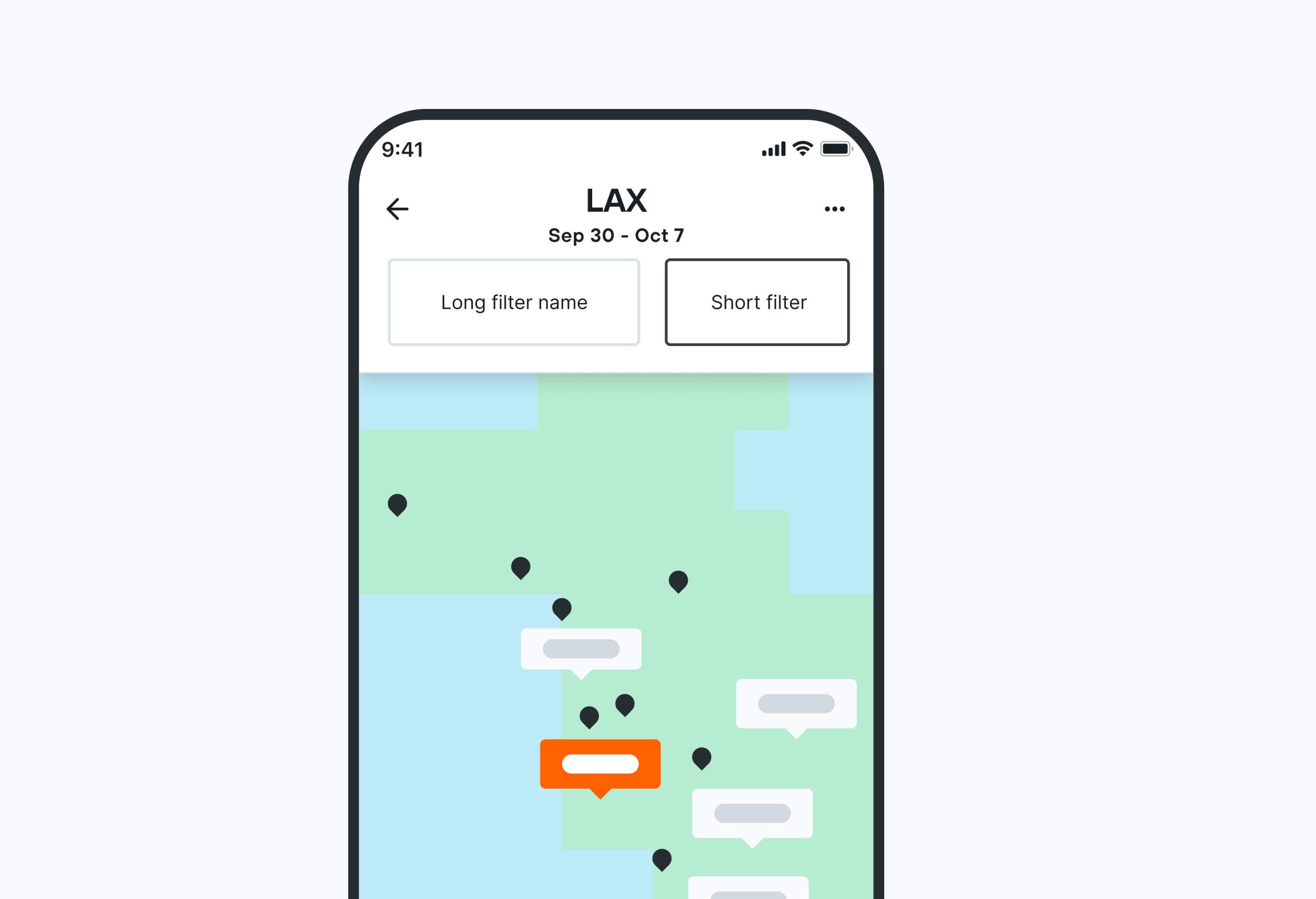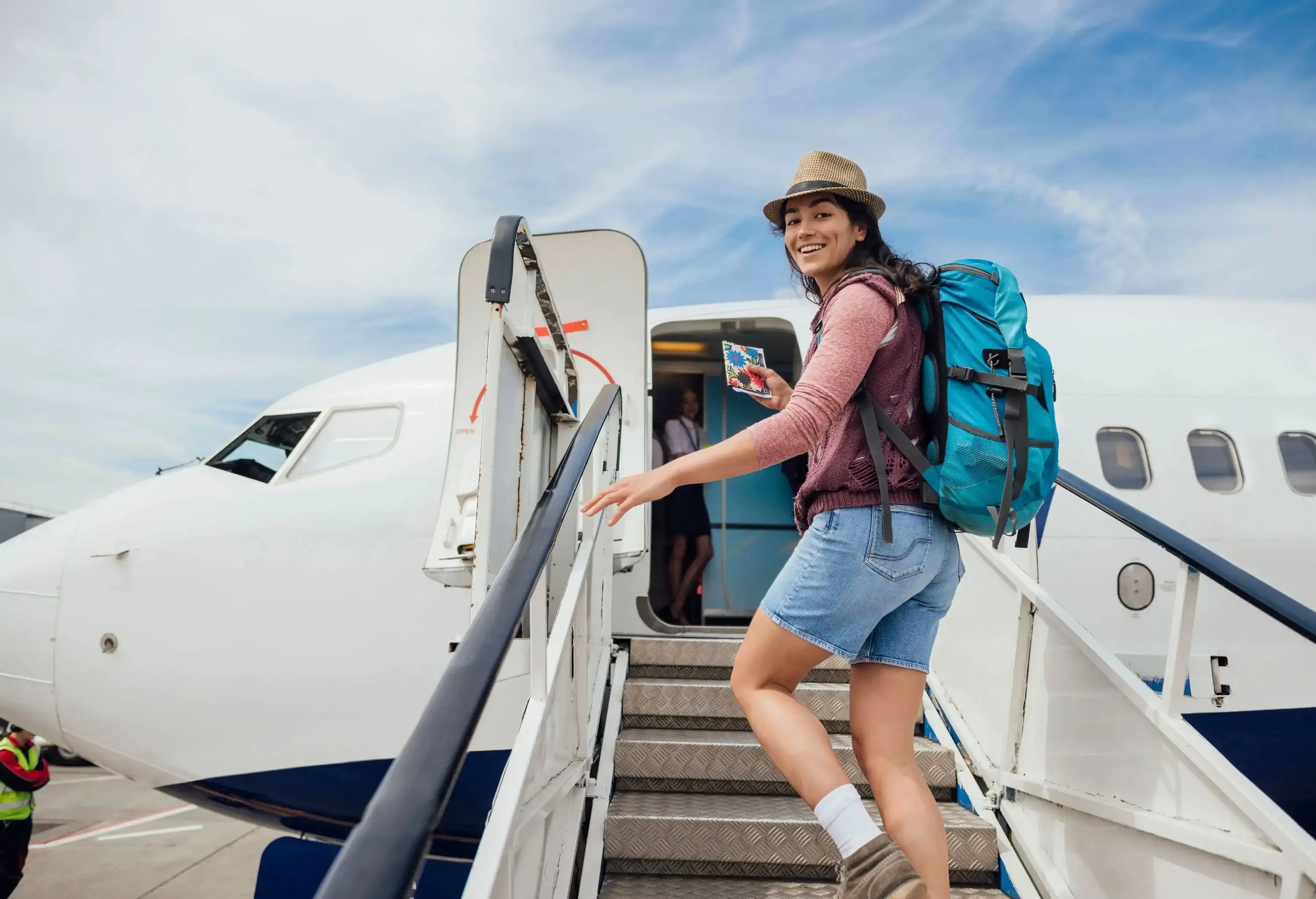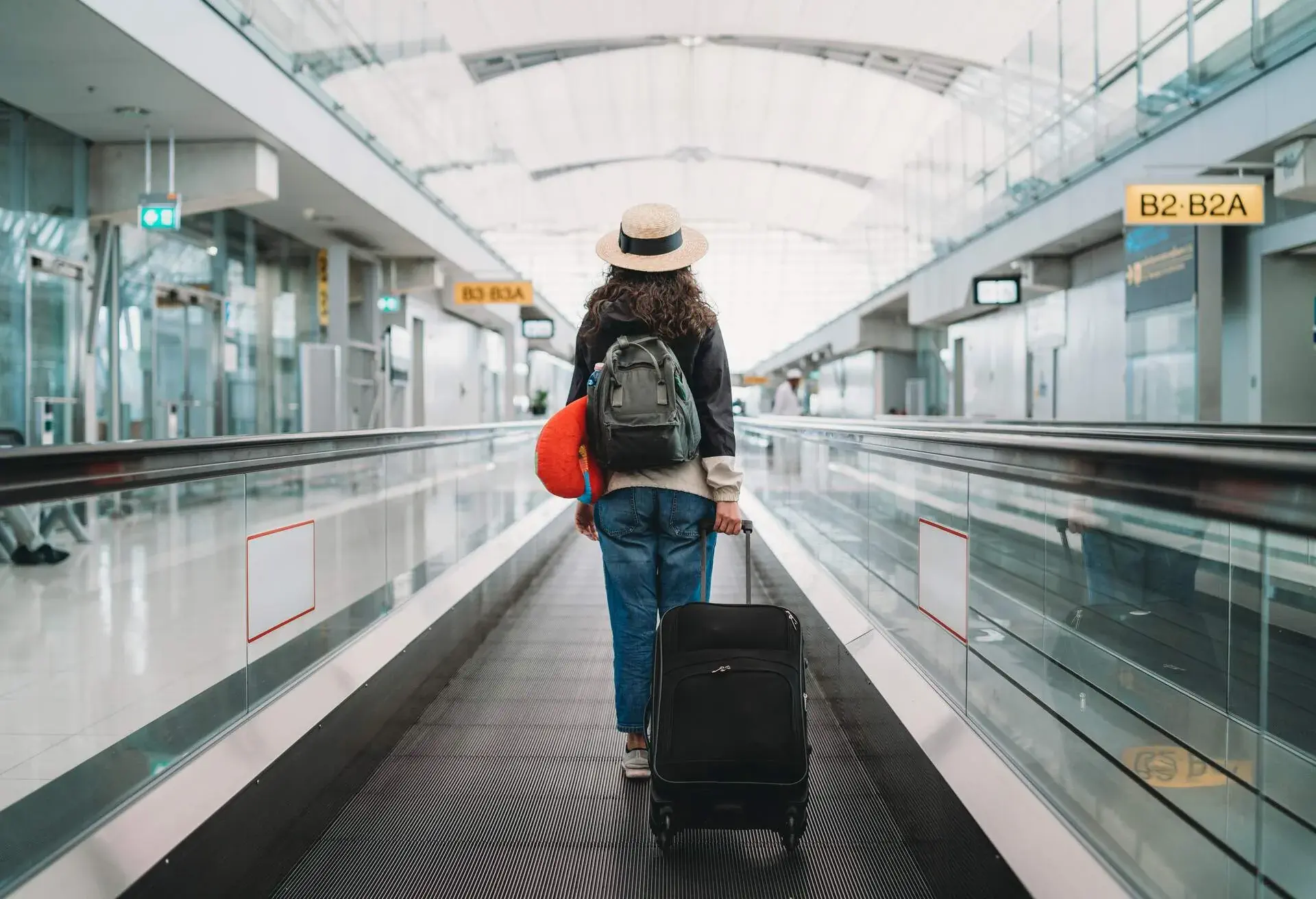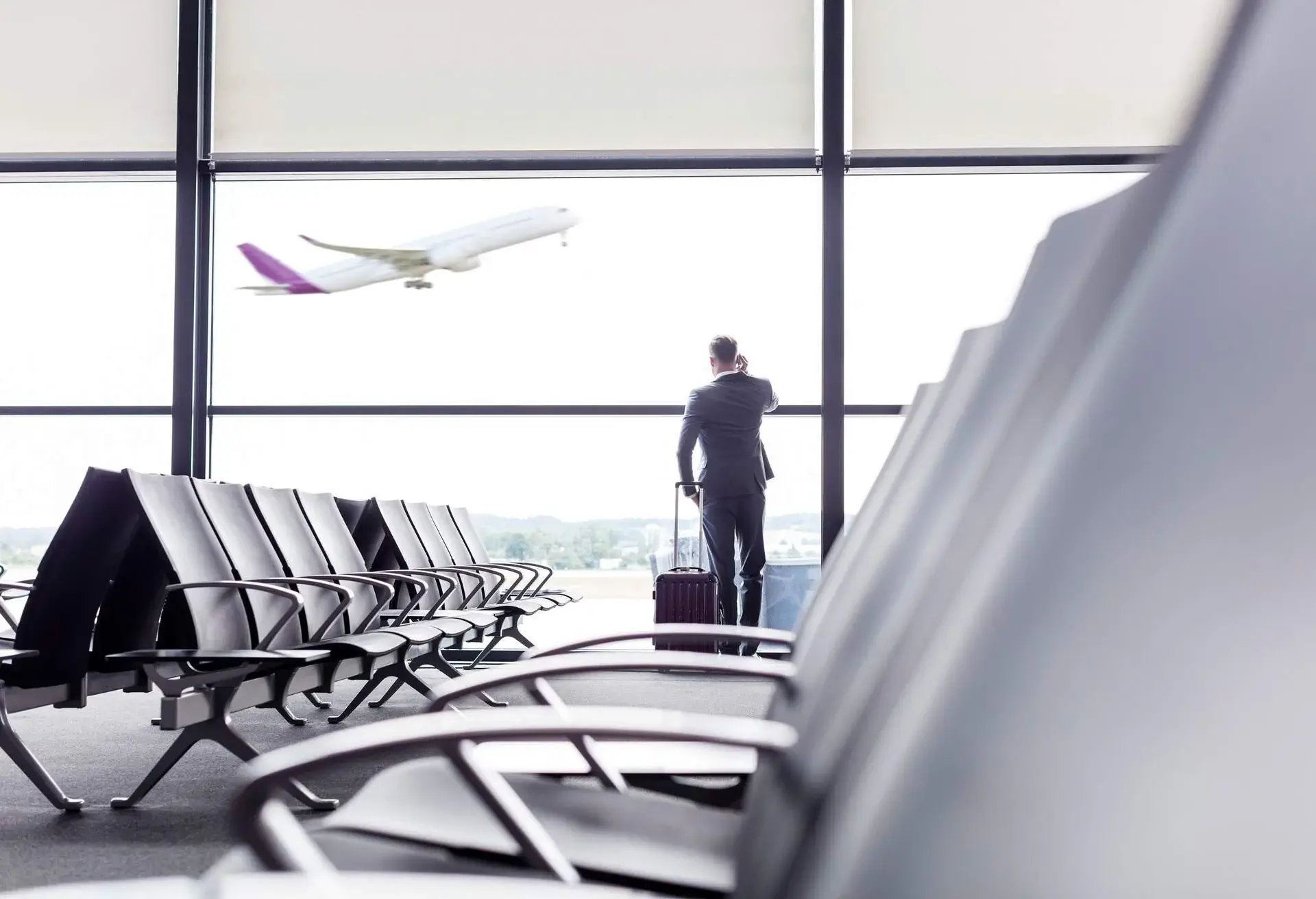Before booking any trip, savvy travelers always consider how much the flight will cost. But it’s a constantly shifting figure. Several factors affect the cost of airfare — destination, demand, time of year — and they often change. Understanding these indicators is key to booking when flights are cheapest.
To help you find the best days to book (and travel), I analyzed KAYAK’s data on one-way and round-trip flights, both domestic and international. The findings reveal that while there isn’t a single best day to book, traveling on certain days can consistently offer lower average fares. In many cases, having a flexible schedule can lead to significant savings.
Here’s a look at the best days to book flights, based on KAYAK’s most recent data, so you can score the best deal possible for your next trip.
The cheapest days to fly domestic
According to KAYAK’s data, the average lowest domestic one-way airfares are on Tuesdays and Wednesdays, with an average of $158.
Thursday came in next, at around $173 — good news for travelers planning long weekend getaways — and Saturday was just slightly more expensive, at $174.
Not surprisingly, Sunday was the most expensive day to fly domestically, with one-way flights averaging around $198.
The lowest average fares for domestic return flights
The lowest average fare to return from domestic round-trip flights was found on Wednesday, at $193, followed by Monday and Tuesday at $296 each. Sunday came in slightly more expensive, at around $314.
Friday was the most expensive day to return for round-trip domestic flights, with average ticket prices of $336. Flying on the weekends is slightly cheaper, with Saturday returns averaging $318 and Sunday at $314.
Cheapest days to fly internationally
International flights followed a somewhat similar trajectory to that of domestic flights, with a few minor differences. Monday seemed to offer the best deal across borders, with an average one-way ticket price of $510, followed closely by Sunday and Thursday, which both come in at around $513.
Midweek flying continued to be, on average, slightly more cost-effective than flying on the weekend. The most expensive one-way flights outside of the U.S. were on Fridays, at around $561, followed by $546 for both Saturday and Thursday.
What’s the cheapest departure day for an international round-trip flight?
Round-trip international flights seem to have a flatter price trend, though some days are still a little less expensive than others to fly.
- Wednesday has the average lowest fares for departure, when ticket prices averaged $786. Thursday was next at around $790, followed by Monday departures at $798.
- The most expensive day to depart on an international round-trip flight was Friday at $826.
However, you may note that the difference between the lowest and most expensive tickets is only $40, or less than five percent of the total ticket price.
The lowest average fares to come home from an international trip
- Wednesday had the lowest airfares for return dates, with average prices around $642. Monday is next lowest with an average of $819, followed by Tuesday at around $823.
After dipping on Wednesday, prices climb significantly toward the weekend. On Thursday, they average $882 and go up to around $893 on Friday, followed by their peak on Saturday, with an average of $921. Average return airfares seem to dip back down a bit on Sunday, with average international ticket prices at $874.
The best day to book flights
While the data isn’t concrete, it does suggest a few trends for which day might be the best to book flights. But instead of a particular day of the week, it’s about timing.
- For domestic flights, that means 30 days ahead of departure to score the cheapest average price, at $225.
- International flights, meanwhile, turned up a bit of a surprise: According to the data, just seven days ahead of time was the best day to book a flight outside of the U.S., with an average cost of $684.
Good news for when wanderlust strikes at the last minute.
What else to know about the best dates to book travel?
Airfares fluctuate for all kinds of reasons, and KAYAK’s data is merely a reflection of overall trends. That said, no matter when you fly, KAYAK is always a trusted resource as the world’s leading travel search engine, monitoring thousands of flights to find you the top deals for you.
So even if your travel plans don’t always allow you to book on days with the lowest airfares, KAYAK can help you find a fare that’s affordable for you, whether you’re looking to explore the U.S. or see the rest of the world. Read the tips below to score lower fares.
Tips for finding low airfares
KAYAK offers a variety of Flight Filters to customize your search, and that includes a price filter to keep your budget in line. That’s not enough to determine the cheapest time to buy flights, though, so there are plenty more free tools to help you get there.
Combining the following tools and top tips will help you find cheap flights for any route, so you can sit back and relax knowing you scored the best deal possible.
1. Use the Explore map.
2. KAYAK Direct helps you find good deals on direct flights.
If layovers stress you out or you simply want to minimize your total travel time, you may want to choose destinations with direct flight options from your point of origin. Good news: You don’t have to overpay just to avoid layovers.
Use KAYAK Direct to enter your preferred origin airport, and you’ll receive a list of direct flight destinations sorted by flight time. Select “Show routes on map” at the top of the list and you’ll return to the KAYAK Explore map with these routes illustrated by price.
3. Use KAYAK’s Flight Search calendar.
4. Make your own cheaper route.
When entering airports on KAYAK, simply select “Add nearby airports” to include these in your search results. By branching out to other airports in your area, including regional airports, you may uncover some deals you may not have considered.
If your airports are non-negotiable, check out our Hacker Fares to search combined one-way tickets on multiple airlines, which may be cheaper than advertised round trips from a single airline. If one airline doesn’t offer a cheap enough price for you, perhaps you’ll find a better deal by mixing and matching among various competitors.
5. Look into KAYAK’s crystal ball.
Once you’ve selected the airport and date parameters that best fit your needs, we’ll tell you if it’s a good time to buy. The Price Forecast model analyzes user trends to assess demand for your route, and the tool will inform you if prices are likely to go up or down for this flight over the next 30 days.
It’s not a guarantee, but it’s based on volumes of data that are excellent predictors of upcoming demand, which is what drives most fare costs. Just take a look at the “Our Advice” box above the flight filters on the left to find our recommendation.
6. Set alerts for cheaper fares.
If you have time to wait for cheaper flight prices than what you’re currently finding, we can keep an eye on it for you. Set a Price Alert for the flight parameters you’re searching and we’ll let you know if the price goes down. You can do this in several ways: by selecting “Track prices” in the “Our Advice” box mentioned above; by “hearting” a search result you want to track; or by manually setting an alert in your KAYAK user profile.
7. Harness the power of competition.

While airlines would always prefer you book through them directly, you may find cheaper alternatives through booking partners.
KAYAK simultaneously searches hundreds of travel sites that include both booking partners and airlines and provides all of them in your search results, providing helpful transparency to determine who’s offering the best deal.
Once you make your choice, we’ll redirect you to that provider so you can make your purchase securely.
Best time to book flights: FAQ
Every airline’s goal is to get the most money possible for each seat sold, which means airfare pricing is one of the purest examples of supply and demand in action. To do this, popular leisure routes and economy cabins are priced high further in advance, which is when vacation travelers tend to book.
These seats tend to go down over time as the airline tries to fill the flight before departure. Business routes and premium cabins (business/first) are priced lower upfront to fill minimum quotas, then hiked over time as corporate travelers, who tend to book closer to their trips, scramble to get a remaining seat.
The oft-repeated theory that it’s cheaper to purchase airfare on Tuesdays is simply not true. We analyzed airline price trends every day of the week and busted this myth with the discovery that observing demand trends over time was far more important than booking on a specific day of the week.
The cheapest days to fly are the days when fewer other travelers are flying. Friday and Sunday are heavily traveled for weekend events and getaways, but Tuesday and Wednesday are the least traveled and tend to be the cheapest.
However, our latest data turned up some interesting trends regarding international airfare. We found that the cheapest time to book a flight outside of the U.S. was just a week in advance, which means you should keep an eye out for great deals (or set a price alert) last-minute.
This is more common with economy class cabins and those routes considered to be leisure travel routes (i.e., vacation destinations). For business class and first class seats, or routes are frequented by corporate travelers, the reverse is more often true, with prices increasing as the departure approaches.
The short answer here can be frustratingly unhelpful: Flight prices change as often as airlines see fit. As the flight fills up (or doesn’t), airlines will continuously change prices to maximize their potential profit, which means fares may not only change daily but can even multiple times throughout the day. Flight prices vary as well depending on the season, the seats you want to book and ultimately the balance between supply and demand of seats.
Sometimes. Airfare prices change regularly based on supply and demand, and the airline’s resulting prediction of how it can maximize income on remaining seats. Computer software is often in charge of analyzing this and updating fares. This can certainly happen at night, but it is equally like to happen any time of day, any day of the week.
This blog post was originally published on June 26, 2023, and updated on August 26, 2024. Blane Bachelor refreshed the data again on July 28, 2025.









